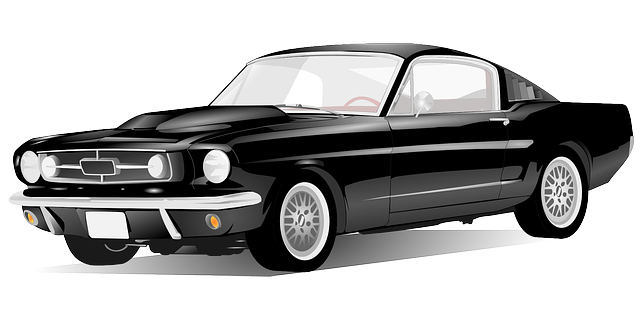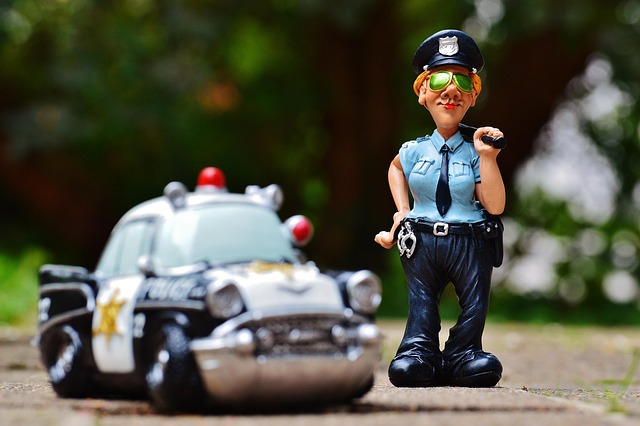Mastering On-Site VIN Checks: Top Tips for LA Drivers
DMV VIN verification in Los Angeles is a crucial process ensuring vehicle authenticity and safety by cross-referencing unique identification numbers against manufacturer data and official records. Pre…….

DMV VIN verification in Los Angeles is a crucial process ensuring vehicle authenticity and safety by cross-referencing unique identification numbers against manufacturer data and official records. Preparation includes understanding the process, gathering documents, verifying the VIN on the title, and ensuring compliance with CARB standards. A meticulous inspection involving physical examinations and digital record checks yields dependable outcomes. Common issues include inaccurate records, tampering, and fraudulent documentation, which can be addressed through cross-referencing, advanced technology, and specialized partnerships.
In Los Angeles, understanding the DMV’s VIN (Vehicle Identification Number) verification process is crucial before purchasing a used car. This guide offers essential tips for a smooth on-site VIN check experience. From preparing your documents to conducting a thorough inspection, these steps ensure you identify potential issues. Learn how to navigate common challenges and make informed decisions. Master the art of dmv vin verification to protect yourself from unexpected problems and secure a reliable vehicle in LA.
- Understanding DMV VIN Verification in LA
- Preparation for On-Site VIN Check
- Conducting a Comprehensive Vehicle Inspection
- Common Issues and How to Address Them
Understanding DMV VIN Verification in LA

In Los Angeles, DMV (Department of Motor Vehicles) VIN (Vehicle Identification Number) verification is a crucial step in ensuring the authenticity and safety of vehicles. When conducting an on-site VIN check, inspectors verify that the vehicle’s details match the information provided by the manufacturer. This process involves cross-referencing data from the VIN, which includes the make, model, year, and production facility, against official records. It’s a critical procedure to prevent fraud and ensure that vehicles on California roads meet all safety standards.
Understanding DMV VIN verification goes beyond just checking numbers. Inspectors also look for any discrepancies or potential signs of tampering. With LA’s diverse vehicle landscape, this process is essential in maintaining the integrity of the market. Proper VIN verification not only safeguards consumers but also helps in identifying vehicles with historical issues, ensuring that only safe and legal cars are on the road.
Preparation for On-Site VIN Check

Before heading into an on-site VIN (Vehicle Identification Number) check in Los Angeles, thorough preparation is key. Familiarize yourself with the California DMV’s vin verification process and requirements to streamline the procedure. Ensure you have all necessary documents, such as the vehicle’s registration, proof of insurance, and identification for all occupants. Verify the accuracy of the VIN displayed on the vehicle’s title or registration certificate to match the one on the car itself. This initial preparation will save time and prevent potential delays during the inspection process at the DMV or an authorized service center.
Additionally, check that your vehicle meets the environmental standards set by the California Air Resources Board (CARB). Ensure all emissions-related components are in proper working order to avoid issues with the state’s strict regulations. A well-prepared driver can contribute significantly to a smooth VIN check process, ensuring quick clearance and potentially avoiding unnecessary delays or costly repairs.
Conducting a Comprehensive Vehicle Inspection

Conducting a thorough and comprehensive vehicle inspection is paramount during on-site VIN checks in LA, especially when aiming for accurate DMV vin verification. Beyond visually inspecting the car’s exterior and interior, several critical components must be examined. This includes checking the engine for any leaks or unusual noises, evaluating the condition of tires and brakes, and verifying the integrity of lights and signal functions. The vehicle’s undercarriage should also be inspected for signs of recent repairs or potential issues like rust or damage from accidents.
Additionally, paying close attention to the car’s historical maintenance records is crucial. This digital inspection involves cross-referencing information from the DMV with service logs, which can reveal patterns of neglect or poorly executed repairs. By combining these physical and digital assessments, you ensure that every aspect of the vehicle is scrutinized, leading to more reliable VIN verification results for LA drivers.
Common Issues and How to Address Them

Common issues that arise during on-site VIN (Vehicle Identification Number) checks in LA include inaccurate or incomplete records, vehicle tampering, and fraudulent documentation. To address these challenges, ensure all information is cross-referenced with official DMV records for verification. Regularly update your check lists and stay informed about the latest DMV vin verification protocols to avoid discrepancies.
Additionally, be vigilant for signs of vehicle alterations or non-original parts during physical inspections. Utilize advanced technology like VIN scanning tools and UV markers to detect any tampering attempts. Collaborate with trusted partners who specialize in automotive authentication to gain access to comprehensive databases, enhancing the accuracy and reliability of your on-site checks.
DMV VIN verification in LA is a crucial process that ensures vehicle authenticity and safety. By following these top tips, from understanding the basics to conducting thorough inspections, you’ll streamline the on-site VIN check process, helping to maintain Los Angeles’ vibrant automotive landscape. Remember, preparation and meticulous attention to detail are key to identifying common issues efficiently.







